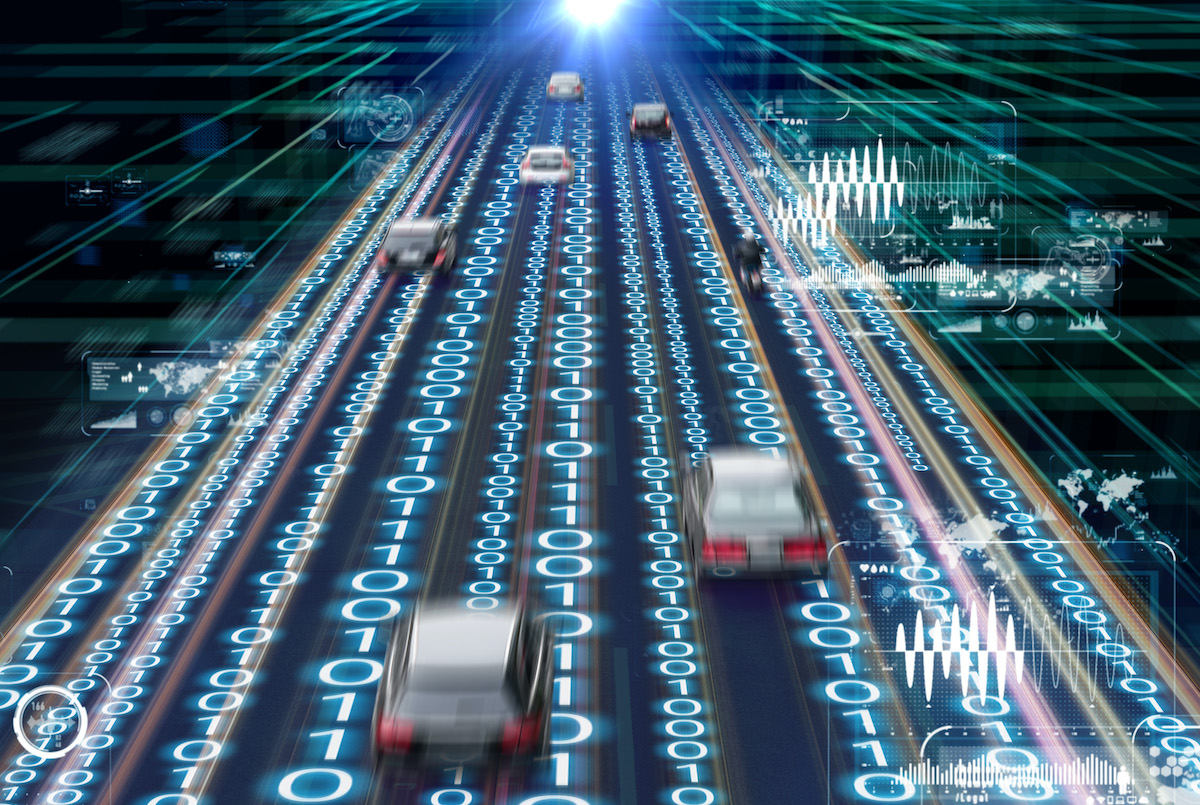Urban Mobility Modeling
Envisioning Smarter Cities
We build high-performance simulations of complex transportation systems and use them to discover ways to ease congestion, decrease energy use, and improve mobility in urban environments.
Envisioning Smarter Cities

The performance of an urban transportation system depends on millions of individual decisions — from where to travel and how to get there to where to live and work. Modeling these decisions, and all of the interactions between travelers and mobility providers as they make them, allows researchers at Lawrence Berkeley National Laboratory (Berkeley Lab) to evaluate ways to ease congestion and improve mobility in the short term and to understand the long-term implications of new technologies and travel patterns on energy use and urban environments.
The modeling performed at the Lab spans different time scales and levels of resolution. To capture the operations of transportation systems in full detail, a joint effort between Berkeley Lab and the Institute for Transportation Studies at University of California, Berkeley, has developed the modeling framework BEAM, which stands for and incorporates four key components of urban transportation systems: Behavior, Energy, Autonomy, and Mobility.
BEAM enables highly resolved simulations of current future mobility systems. For example, BEAM can simulate Electric Vehicle charging behavior and interactions with charging infrastructure or provide detailed analyses of the energy impacts of changing mobility trends. BEAM harnesses cutting-edge concurrent computing technology to enable simulation of millions of agents and is at the forefront of modeling traveler behavior and the operations of emerging transportation modes.
In parallel to these efforts, Berkeley Lab researchers are developing a macroscopic model of regional transportation systems to allow for fast regional- and national-scale analysis of mobility trends and policies. This work, funded by the Federal Highway Administration, begins by classifying the entire United States into a set of “geotypes,” defined as regions with similar transportation costs and constraints that researchers expect to respond in similar ways to technology and policy changes.

